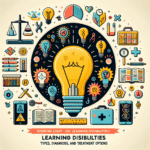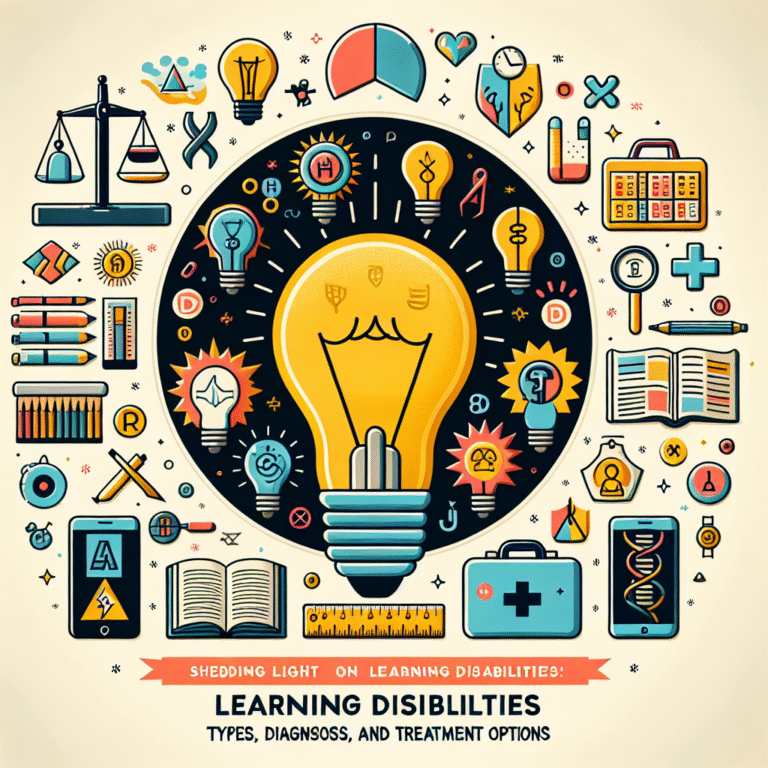
Introduction
In today’s educational landscape, the diversity of student needs has never been more pronounced. With a growing number of students requiring specialized support, the phrase "Bridging the Gap: The Role of Assistive Technologies in Education" takes on a critical significance. Assistive technologies have emerged as powerful tools that empower learners, foster independence, and enhance the educational experience. By leveraging innovative technological solutions, educators can create inclusive environments that cater to every learner, ensuring that no one is left behind.
Understanding Assistive Technologies
What Are Assistive Technologies?
Assistive technologies encompass a wide range of devices and software designed to help individuals with disabilities perform functions that might otherwise be difficult or impossible. In education, these tools can range from simple devices like pencil grips to advanced software that supports learning for students with dyslexia or visual impairments.
The Importance of Assistive Technologies in Education
The need for assistive technologies is underscored by statistics: according to the National Center for Education Statistics, approximately 14% of all public school students receive special education services. With the right tools, these students can achieve their full potential academically and socially.
Bridging the Gap: Key Roles of Assistive Technologies in Education
1. Enhancing Communication Skills
Case Study: Speech-to-Text Applications
A notable application of assistive technology is speech-to-text software. This technology has proven transformational for students with speech difficulties or learning disabilities. For instance, a student named Marco, diagnosed with dyslexia, struggled to express his ideas in written form. By implementing speech-to-text applications, Marco could articulate his thoughts verbally, allowing him to focus on content rather than the mechanics of writing.
Analysis: This case illustrates how speech-to-text tools can bridge the gap between a student’s understanding and their ability to communicate that understanding effectively.
2. Supporting Learning Differences
Case Study: Specialized Software for Dyslexia
Tools like text-to-speech software and phonetic spelling aids have shown promise in helping students with dyslexia. For example, Jessica, a 10-year-old with dyslexia, benefitted from software that highlighted words as they were read aloud. This multi-sensory approach not only improved her reading skills but also boosted her confidence.
Analysis: Jessica’s progress illustrates how tailored software can cater to unique learning styles, emphasizing the importance of bridging the gap in educational support.
3. Facilitating Accessibility
Case Study: Adaptive Devices for Physical Disabilities
For students with physical disabilities, adaptive devices can significantly enhance their learning experiences. Take the example of Samuel, who uses a wheelchair. By utilizing adaptive keyboards and touchscreen devices, Samuel can interact with educational content on equal footing with his classmates.
Analysis: Adaptive devices play a critical role in educational environments by ensuring all students can access learning materials, thereby bridging the gap between different abilities.
4. Promoting Independence
Case Study: Mobile Apps for Organization
Mobile applications can assist students in managing their time and tasks. Rachel, a high school student with ADHD, used planner apps to break down her assignments into manageable tasks. This approach not only helped her stay organized but also fostered a sense of independence.
Analysis: Rachel’s success highlights how organization tools serve as essential aides, empowering students to take control of their learning journey.
The Impact of Assistive Technologies on Learning Outcomes
Statistical Insights
To better understand the impact of assistive technologies, consider the following data:
| Technology Type | Improvement in Academic Performance |
|---|---|
| Speech-to-Text Software | 25% increase in writing scores |
| Text-to-Speech Software | 30% enhancement in reading comprehension |
| Mobile Organization Apps | 40% improvement in task completion rates |
Understanding the Data
This data underscores the profound effect that assistive technologies can have on learning outcomes. By bridging the gap between traditional teaching methods and individualized learning needs, these tools not only promote equity but also enhance overall educational performance.
Challenges in Implementation
Potential Barriers
While the benefits of assistive technologies are clear, challenges exist. Some schools may struggle with funding, lack of training for educators, or resistance to adopting new methods. Here are some concerns:
- Funding Issues: Securing adequate resources for assistive technologies can be a significant hurdle for many institutions.
- Training Needs: Educators need training to effectively integrate these technologies into their teaching practices.
- Awareness and Acceptance: There can be hesitance among educators or parents to adopt new technologies.
Strategies for Successful Integration
1. Investing in Professional Development
Providing teachers with ongoing training can empower them to confidently use assistive technologies in their classrooms. Workshops and seminars can demonstrate effective strategies and methods for integration.
2. Foster Inclusivity Through Collaboration
Encouraging collaboration between educators, parents, and technology specialists ensures that the needs of every student are met. Regular meetings can create a dialogue around challenges and successes.
3. Securing Funding and Resources
Schools should explore government grants, partnerships with tech companies, and community fundraising to help offset costs associated with acquiring new technologies.
Conclusion
Bridging the gap: the role of assistive technologies in education is not just about providing support; it’s about creating an equitable learning environment where every student can thrive. By enhancing communication, supporting learning differences, facilitating accessibility, and promoting independence, assistive technologies are redefining education as we know it. As educators, advocates, and community members, we must embrace these tools to ensure no learner is sidelined. The future of education is inclusive, and it starts with us, today.
FAQs
1. What are some examples of assistive technologies for the classroom?
Assistive technologies can include tools like speech-to-text software, text-to-speech applications, adaptive keyboards, and mobile organization apps, which help students with different learning needs.
2. How do assistive technologies support students with learning disabilities?
These technologies provide tailored support, such as text-to-speech for those with reading difficulties or organizational apps for students with ADHD, enabling them to manage their learning more effectively.
3. Are assistive technologies only for students with disabilities?
While primarily designed for students with disabilities, many assistive technologies can benefit all learners by enhancing their educational experience.
4. How can schools fund assistive technologies?
Schools can seek grants, create partnerships with tech companies, and engage in community fundraising efforts to secure funding for assistive technologies.
5. What role do parents play in implementing assistive technologies?
Parents can advocate for their child’s needs, collaborate with educators, and support their child in using these technologies at home to reinforce learning.
By integrating assistive technologies, we are not only enhancing educational outcomes but also shaping a brighter, more inclusive future for all students.

















